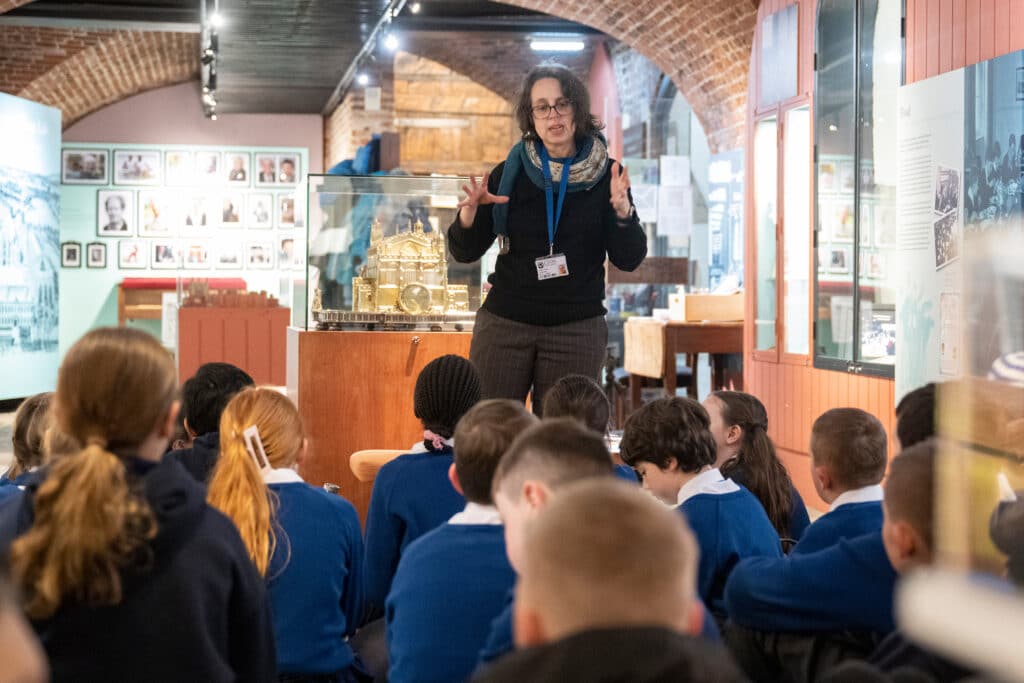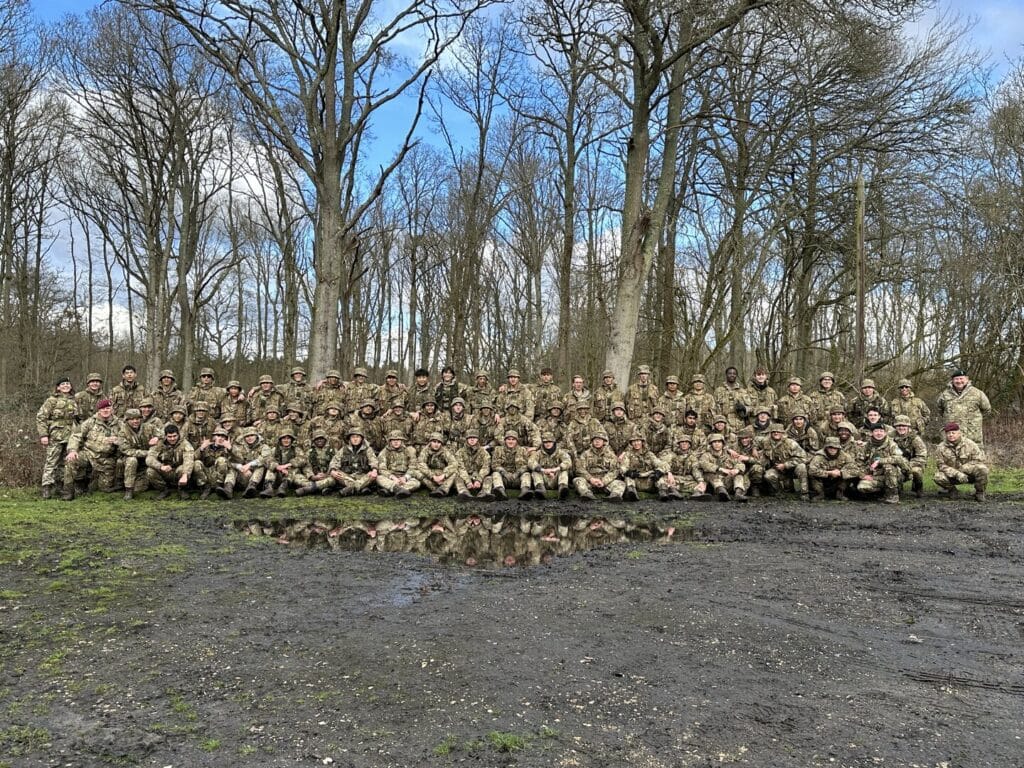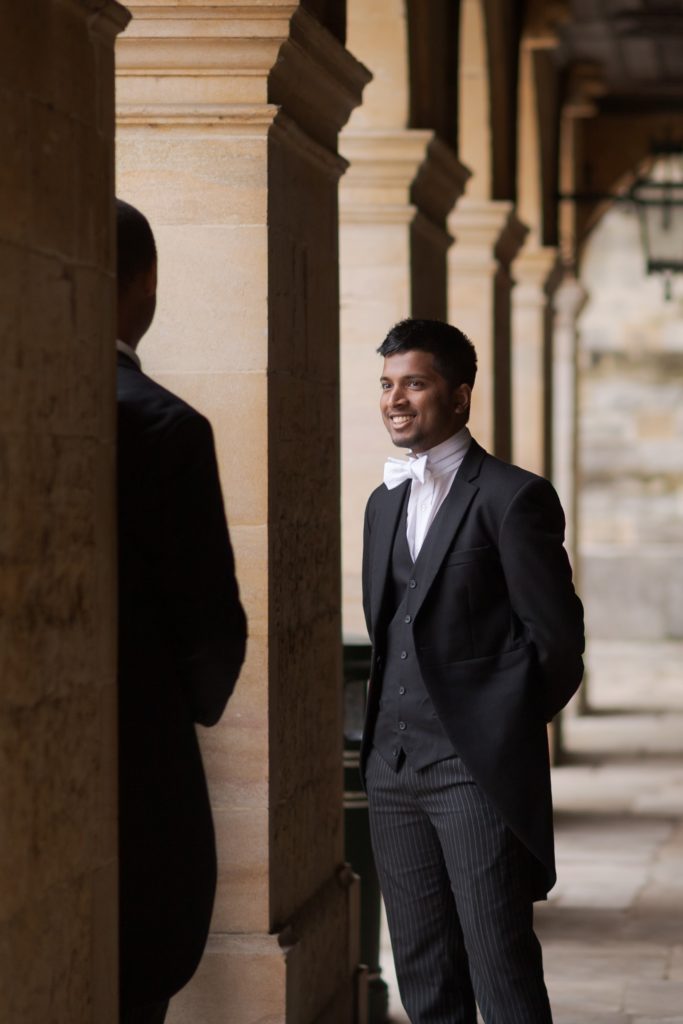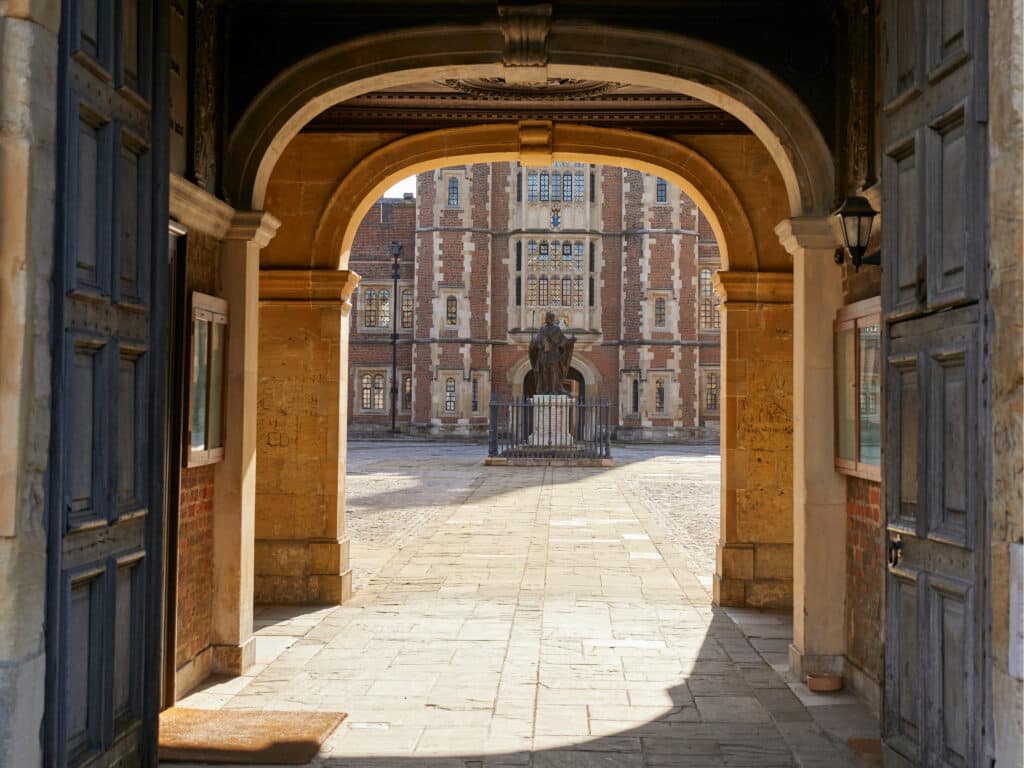Where do you come from?
Concord, Massachusetts. It’s a town just Northwest of Boston, with a great literary history. Transcendentalist poet Ralph Waldo Emerson, Henry David Thoreau, Nathanial Hawthorne and Louisa May Alcott all lived there. We all had to read Thoreau’s Walden (1854) at school and take a field trip out to see the supposedly “bottomless” Walden Pond that inspired him. I found the book quite dull, I’m afraid. I don’t think I’m a very contemplative person! But I did enjoy getting out of the classroom and seeing the woods.
Is Concord famous for anything else?
Yes. It’s the site of the first battle of the American Revolution in 1775. Every year there’s a big parade on Patriot’s Day, everyone gets the day off work. People dress up in period costume. I remember our vet was a colonial minuteman. Other re-enactors would come all the way from England to play the redcoats. They re-enact the battle, firing shots over the Old North Bridge until the British run away. It’s all very gratifying… as an American!
What about your childhood?
My dad was a civilian working for the Air Force. My mum (who was Dutch) stayed at home with me and our many, many pets. At one time we had three dogs, four cats, a rabbit, some birds, a lizard and a hamster.
Were you always interested in history?
I was always a reader, a lover of stories. So I was drawn to social history. I had a brilliant teacher in my final year of high school. He was very old school and incredibly knowledgeable. His curiosity about the past was inspiring and infectious. I went to see him after I qualified as a teacher and he gave me some great advice: “Don’t be the kids’ friend. They have friends. Be their teacher.”
So, did you want to be a teacher?
No. I wanted to be a forensic pathologist. But when I looked at the level of organic chemistry required and I thought about how long and expensive medical school is in the US, I opted for history instead. It turned out to be much cheaper and much more fun.
What subject did you choose for your thesis?
England was my thing. I spent my third year at Oxford. So for my thesis I compared three Elizabethan noblewomen.
First job?
Teaching history in the town next to my home town. But I’d met a boy in Oxford and I decided to hop across the Atlantic again. 20 years later I’m still here!
Did you continue teaching in the UK?
Yes. I did some supply teaching in London but found it incredibly stressful. So I got an office job, which was boring. So I applied to work in museums where I could use my experience in history and teaching.
What was your first museum job?
I started out at the National Army Museum.
I often worked with re-enactors. We would go out in full kit to various events and I would spend entire weekends in a First World War nurse’s uniform. Those are very pinchy! Corset, veil, boots – the whole shebang. In the heat of summer it was hard work. The blokes would complain about the heavy wool uniforms and we would say: “Don’t even start!” I worked with a woman who had a lot of experience working with corsets. She could tighten those laces like nobody else! They improve your posture no end. But you were very restricted.
I loved having secondary school kids in to the Museum. Teenagers try not to be impressed by anything. But you wave a rifle around? Bang! You’ve got all eyes on you. We could really get their attention showing them how Bren guns (light machine guns) worked or letting them hold a six-foot pike.

What about the museums at Eton?
We have three museums: the Museum of Antiquities, the Museum of Natural History and the Museum of Eton Life. It was all stuff I’d never done before – a whole new world.
Why does Eton have such a huge collection?
Because people gave it to us over a long period. Major William Joseph Myers (1858-1899) started our antiquities collection. He was an Old Etonian who served in Egypt during his military service from 1882, and became an avid collector of Egyptian objects. After his death in South Africa fighting with the King’s Royal Rifle Corps in 1899, the collection was bequeathed to us. Other people have also gifted us objects. We’ve been given a lot of books and stuffed animals over the years.
What are the most interesting taxidermized creatures?
We’ve got a kitten with two faces and a duckling with four legs in our section on genetic mutation. Poor things. There’s a joke the museum curator likes to tell about boys being disappointed by the size of the “four foot duck”.
Favourite objects?
In the Museum of Antiquities we have a coffin I really like. It’s got fancy wood on the outside and really cheap wood inside. I love the idea that either somebody couldn’t afford the nice interior, or they paid for a nice interior and got scammed. Either answer tells us something about human nature.
In the Natural History Museum I am very keen on the coprolite. Fossilised poo is great. We can use it to work out what animals were eating millions of years ago.
In the Museum of Eton Life we have a tin bath and the rules for using it during the Second World War. You could only have three baths a week and only fill the bath six inches deep. I mean, these were teenage boys and they were playing sport and getting muddy. Yeeugh!
How would you describe your job?
I run sessions here on different topics. Mostly for primary school kids. They all end up being fun. I have a session on toys for 4-6 year olds, which is really lovely. The other week I had a group hypnotised by spinning tops and pop guns.
I do also try to help the Masters (teachers at Eton) to use the Collections more in their lessons. And I work with some C Blockers (Year 12 boys) with their community engagement projects, helping them create new museum sessions. A few years ago, the boys came up with a session on the Greeks which was so successful I incorporated aspects of it into my own programme. It includes some vases and Greek writing, which allows us to explore how many ancient Greek words pop up in everyday life.
Primary school kids ask brilliant questions, don’t they?
Oh yeah. I do one session on life cycles. I had explained how a butterfly hatches from an egg, becomes a caterpillar for a while before pupating and emerging with its wings. One kid asked: “but why?” That was such a good point. I’d never thought about it like that. Why do insects expend such a massive amount of energy on metamorphosis and how did it evolve? There are many theories about why that is, but nobody knows for sure.
Any goals?
I would like to work more with secondary schools now our primary school programme is really flourishing. And I’d like to strengthen Eton’s links with local museums.



